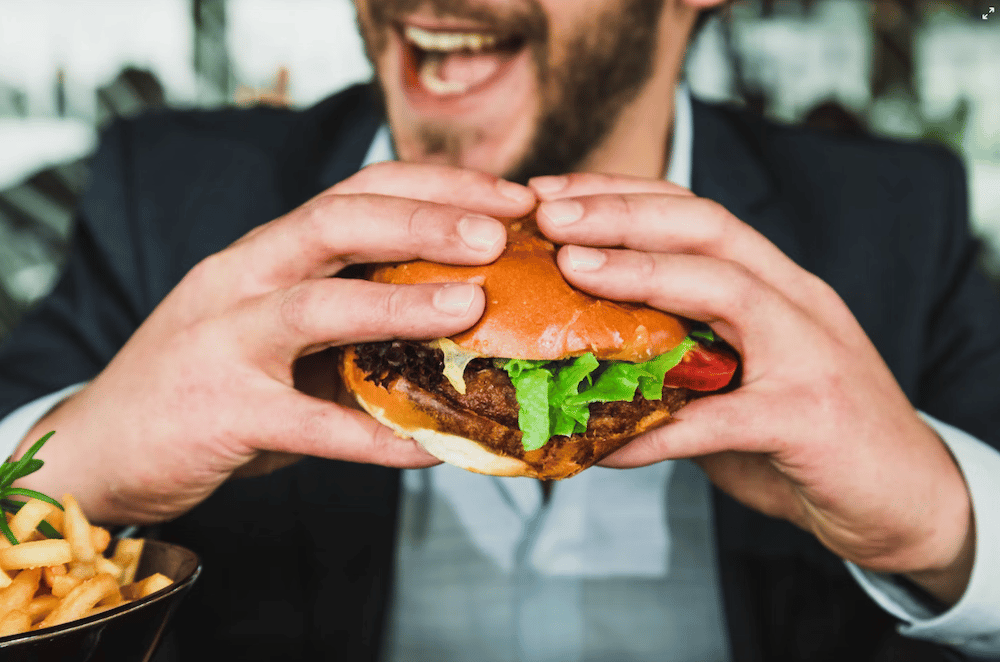Table of Contents
When cravings arise, it can be tough to resist giving in to them. However, following a few simple guidelines allows you to indulge in your cravings without wreaking havoc on your diet. In this article, we’ll share tips on satisfying your cravings without derailing your healthy eating habits, as well as share healthy meals to consume when cravings occur.
What are cravings, and what causes them?
It is an intense desire to consume a specific food. A variety of factors can trigger cravings. The leading cause of food cravings is thought to be a lack of certain nutrients in the diet. For example, if you crave sweets, it could be because your body is lacking in magnesium.
Cravings can also be caused by emotional factors such as stress, boredom, or sadness. When you’re feeling stressed, your body produces the hormone cortisol, which can increase your appetite and lead to food cravings. Another cause of food cravings is food addiction. Certain foods, especially those high in sugar or fat, can cause changes in the brain that lead to cravings and addictive behavior.
Healthy meals to consume when cravings occur
If you’re trying to stick to a diet, it’s crucial to plan what to do when cravings strike. Here are ideas for healthy meals to satisfy cravings:
- If you’re craving something sweet, try a fruit salad or a smoothie made with fresh fruits and yogurt.
- If you’re craving something savory, try roasted vegetables or lean protein such as grilled chicken or fish.
- Try whole-grain crackers or a veggie-based snack such as carrot sticks or celery if craving something crunchy.
- If you’re craving something creamy, try a healthy dip such as hummus, guacamole, or a bowl of soup.
- If you’re craving something chocolatey, try dark chocolate, that is, at least 70% cacao.
Following these tips can indulge your cravings without jeopardizing your healthy eating habits. So, the next time a craving strikes, reach for one of these healthy options instead of unhealthy junk food.
How to satisfy your cravings without derailing your diet?
Here are some ways to satisfy your cravings without derailing your diet.
Determine what you’re craving
Are you hungry, or are you looking for something to do? If you’re starving, eat a balanced meal or snack with protein, healthy fats, and complex carbohydrates, which will help keep you fuller and more extended and prevent overeating later. If you’re bored, try drinking a glass of water or going for a walk instead of reaching for food.
Find a healthy substitute
If you’re craving something specific, try to find a healthier alternative. For example, try frozen yogurt or a fruit smoothie if you’re craving ice cream. If you’re craving chips, try baked veggie chips or popcorn. By finding a healthier substitute for your craving, you’ll still be able to satisfy your desire without overindulging.
Keep portion sizes in mind
It’s vital to remember that even healthy food can be unhealthy if you overeat it. When indulging in your cravings, keep portion sizes in mind. A great rule of thumb is only to eat as much as you would typically eat at a meal. This way, you’ll satisfy your craving without going overboard.
Don’t deprive yourself
If you’re trying to lose weight or eat healthier, it’s crucial to allow yourself occasional indulgences. Depriving yourself of your favorite foods will only make you crave them more. If you want to indulge in your craving, do so in moderation and be sure to balance it out with healthy food choices throughout the day.
Avoid trigger foods
Trigger foods cause you to overeat or make poor food choices. For some people, trigger foods are high in sugar or fat, while for others, they may be anything forbidden or off-limits. If you’ve trouble staying on track when certain foods are around, it’s best to avoid them altogether.
Distract yourself
If you’re trying to resist a food craving, try to distract yourself with another activity. Call a friend, take a walk, or read a book. By keeping your mind occupied, you’ll be less likely to think about food and more likely to forget about your craving altogether.
Practice mindful eating
It is a technique that can help you control your food cravings. When you eat mindfully, you pay attention to your food and the experience of eating without judgment. It means being aware of your food’s taste, smell, and texture and how it makes you feel physically and emotionally. Mindful eating can help you appreciate food more and make better food choices overall.
Get enough sleep
It is vital for overall health and well-being and can also help regulate food cravings. When you’re tired, your body produces the hormone ghrelin, which increases appetite, and getting enough sleep can help reduce ghrelin levels and prevent food cravings.
Drink plenty of water
Water is essential for good health but can also help curb food cravings. When adequately hydrated, your body is less likely to mistake thirst for hunger. Drinking a glass before meals can help you eat less and prevent overeating.
What are food substitutes?
Food subcategories include any food used in place of another food to provide similar nutrients or fulfill a specific dietary need. Food substitutes may be necessary for people with food allergies, intolerance, or preferences. They can also be helpful for those trying to lose weight or eat healthier. Common food substitutes include gluten-free foods, low-fat foods, and sugar-free foods.
Another common substitution is swapping out refined grains for whole grains. Refined grains have been stripped of bran and germ, which leaves them with less fiber, vitamins, and minerals. On the other hand, whole grains are unprocessed and contain all three parts of the grain kernel. Some common whole grains include oats, brown rice, quinoa, and barley. Swapping refined grains for whole grains can boost your fiber, vitamins, and minerals while providing more health benefits.


